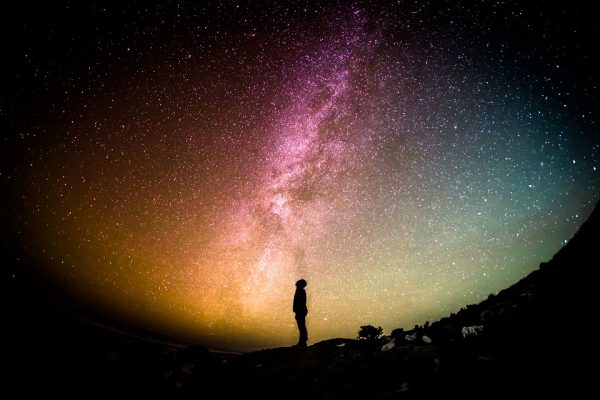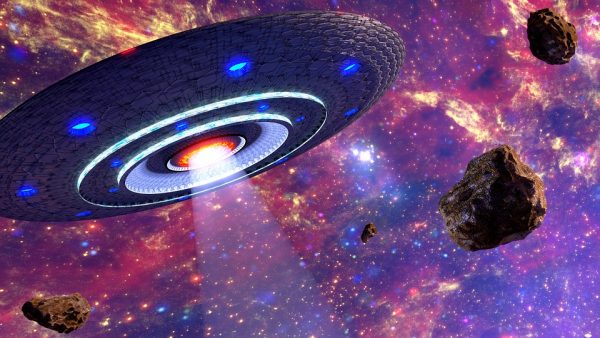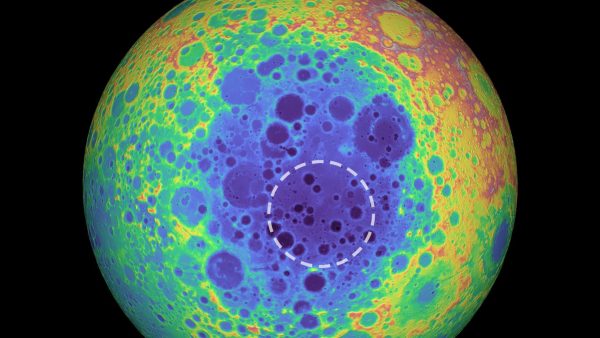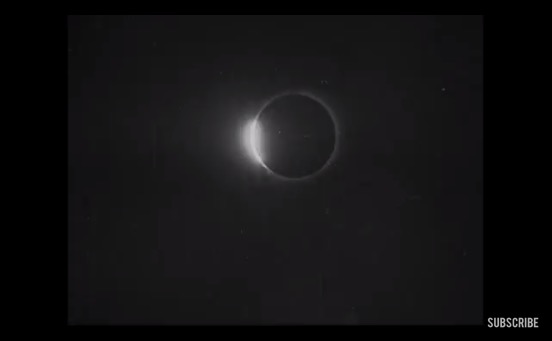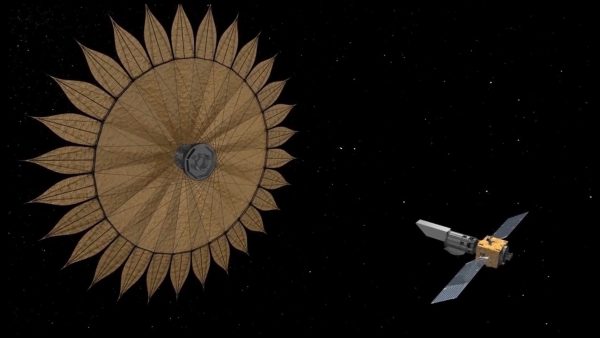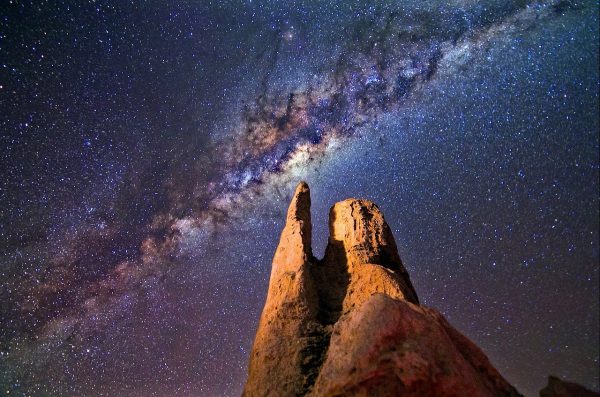SPACE: How It All Began
About 13.8 billion years ago, the universe as we know it began. This moment, known as the Big Bang, is when space itself rapidly began expanding. At the time of the Big Bang, the observable universe (including the materials for at least 2 trillion galaxies), fit into a space less than a centimeter across. Now, the observable universe is 93 billion light-years across and still expanding. There are many questions about the Big Bang, particularly about what came before it (if anything). But scientists do know some things. Read on for some of the most mind-bending discoveries about the beginning … Read more



